
Eichler’s Stanford Quad Has a New Life
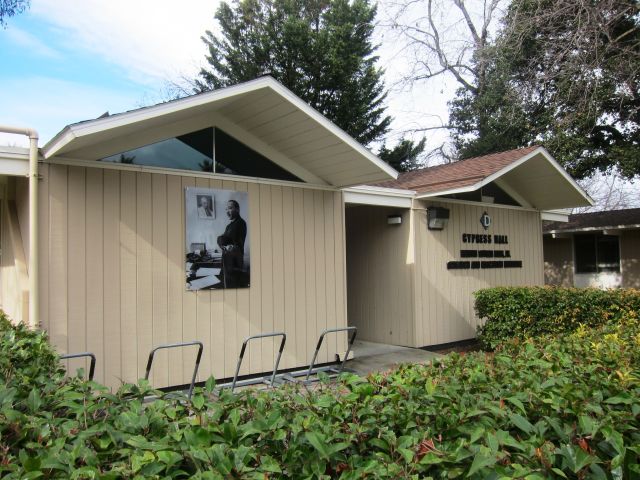 |
|
|
Many people who love Eichler homes understand that the Stanford University campus is a great place to spot them. The rolling residential areas on campus are dotted with about 100 homes built by Joe Eichler from the entire length of his almost 30-year career.
But how many people have visited Eichler’s other contribution to one of the (in parts) loveliest academic campuses in California, a complex of academic buildings, offices, and laboratories known as Jordan Quad?
“When I saw the building I thought, ‘This is a big house, actually like a big Eichler house,’"one observer wrote to the Eichler Network.
The complex was designed by Claude Oakland and built by Eichler Homes Inc. in the mid 1960s as a computer center.
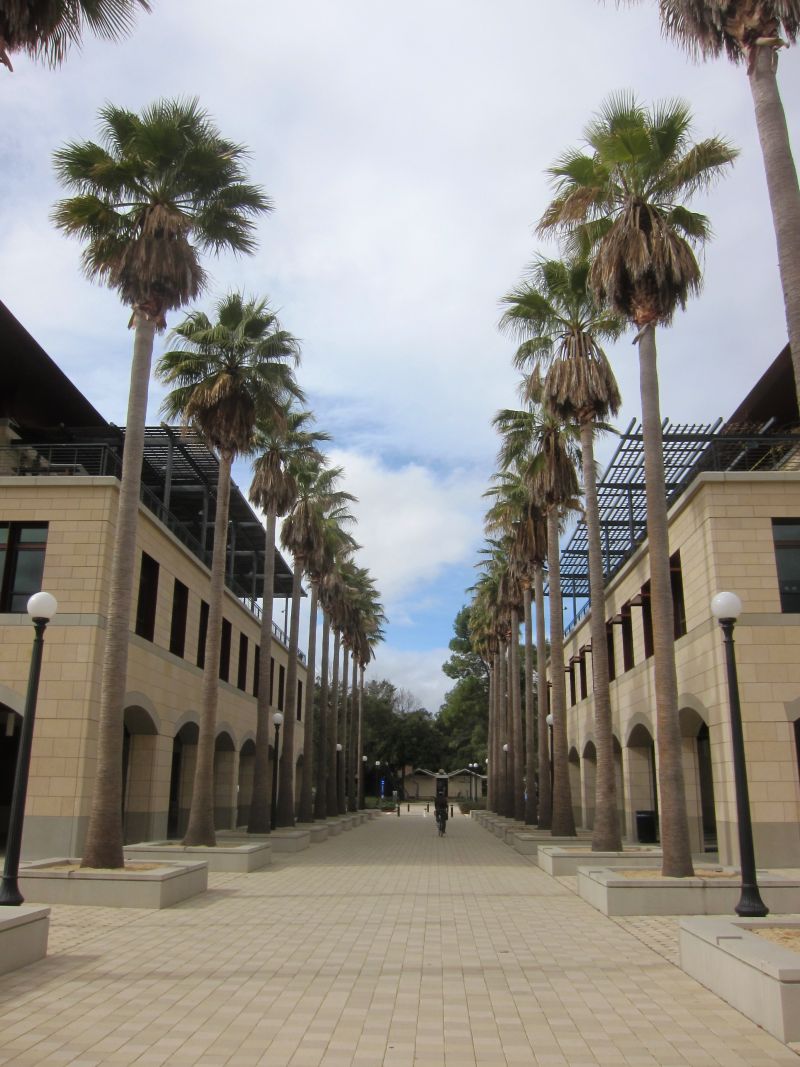 |
|
|
“It made me wonder what else besides the homes that we know did Claude Oakland design and Eichler build?” the observer wondered.
Well, to answer that question right away, Eichler never built many structures other than houses, plus a few residential high-rises and townhouses.
The few non-residential buildings Eicher did build, other than Jordan Hall, were related directly to his residential work – a shopping center and an office building for Eichler's own use designed by Jones & Emmons, adjacent to his Green Gables neighborhood in Palo Alto, and community and swim centers in several of his neighborhoods.
If Joe did build other non-residential structures, we would love to hear about them.
Today Jordan Quad, 34 years after the university dedicated what it originally called the Stanford University Computation Center, is a bit of a low-rise Mecca surrounded by many larger buildings largely dedicated to the sciences.
It’s just a short walk from the university’s main quad, a beautiful and relaxing complex of Richardsonian Romanesque structures that date from the 1890s. Anyone visiting the university’s Cantor Art Center or Anderson Collection could visit Jordan Quad also after a five-minute walk.
Indeed, if you peer down Via Puebla from the Main Quad, looking past the Allen Center for Integrated Systems, you can spot some of the low-rise Eichler structures.
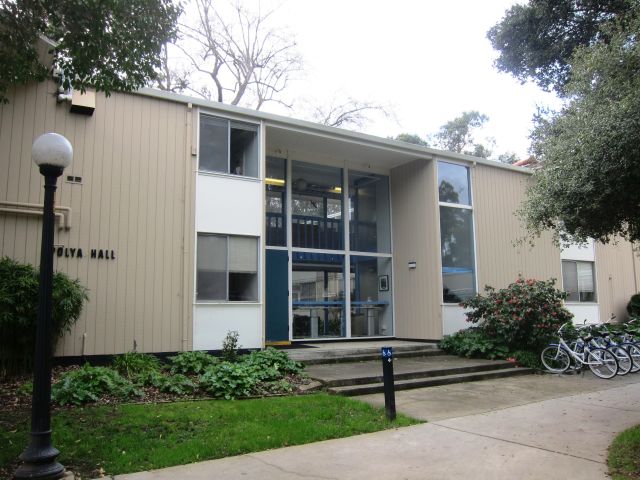 |
|
|
Unlike so many later buildings at Stanford, including some recent arrivals, Eichler and his architect made no attempt to suggest the arches or red tile roofs of the Main Quad.
What you see instead are modified versions of Eichler houses, arranged around courtyards, some dotted with mature live oaks. Landscaping was provided by the firm of Royston, Hanamoto and Mayes, which often worked with Eichler and Eichler homeowners on residential projects.
Jordan Quad, built between 1961 and 1964 in several phases, is described in the valuable book ‘Stanford University, The Campus Guide,’ by Richard Jones, David. J. Neuman, and Paul V. Turner (Princeton Architectural Press, 1999), on page 93. (There’s also a second edition of the book, from 2012.)
The complex, which was dedicated August 9, 1963, with both Joe Eichler and Claude Oakland among the dignitaries, was the pinnacle of high tech on the campus at the time.
It was designed for research and education, with machines from IBM, Burroughs, and Digital Equipment Corp.
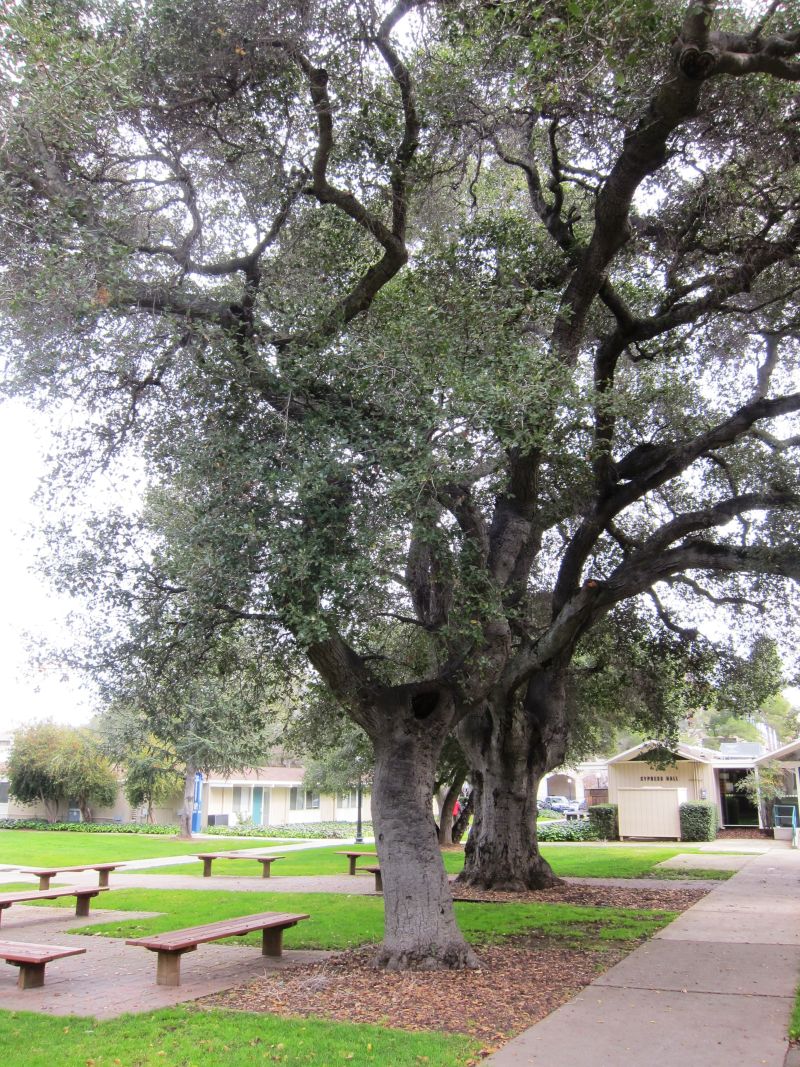 |
|
|
“As you wander about these lovely new buildings and grounds and watch the sparkling new machines with their flashing lights, you should not forget that it is the humans who use them that give the machines their importance,” Dr. Richard Hamming of Bell Telephone Laboratories told the luncheon crowd of 275.
Dean Albert Bowker praised Joe Eichler, who was undoubtedly pleased. The late Ned Eichler, Joe’s son, has described how much his father enjoyed building homes for the scientists and other intellectuals of Stanford, and how much he enjoyed the academic atmosphere.
Joe Eichler himself had an undergraduate degree in business from what was at the time a much more workaday school, New York University.
It is likely that Eichler’s construction of so many homes on campus brought him to the attention of campus planners and led to his getting the computation center job.
“Many of you who are visitors and new to this area may not know that the name of Eichler is synonymous with economical, impressive, and esthetically attractive buildings,” Dean Bowker said. “We express gratitude to Mr. Eichler for carrying out the fine traditions and for carrying them out do expeditiously. Mr. Eichler is here with some of his staff.”
A plan of the complex, from 1962 before its completion, shows half a dozen buildings, including business school offices, math and sciences laboratories, a steam plant, an office building with attached classroom at one end and library at the other, a data processing center, and several others.
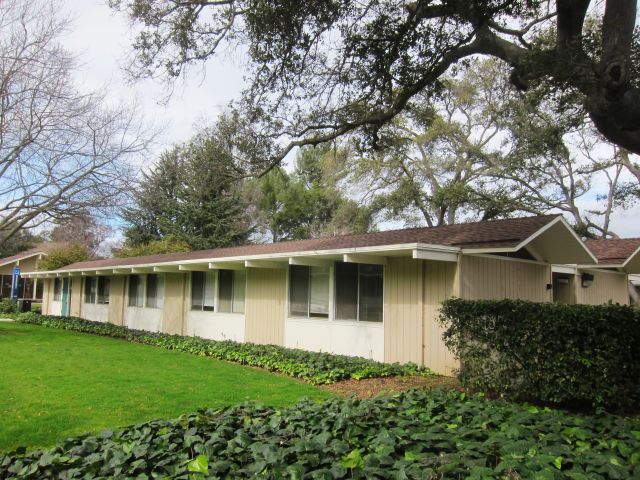 |
|
|
Today the university’s computers fill spaces elsewhere on campus that were undreamed of in the era of JFK.
Among the current uses at Jordan Quad are classrooms, the Turing Auditorium, the Institute for Math Studies in the Social Sciences in Pine Hall, and the W.W. Hansen Experimental Physics Laboratory.
Local 2007 of the Higher Education Workers and United Stanford Workers occupies a portion of Cypress Hall.
Cypress Hall’s other occupant is the Martin Luther King Jr. Research and Education Institute, which is publishing the King papers and other books on civil rights topics, produces school curriculum tied to the papers, puts on conferences and symposia, and runs a scholar-in-residence program.
Eichler, a strong liberal and supporter of Civil Rights, would undoubtedly be pleased.
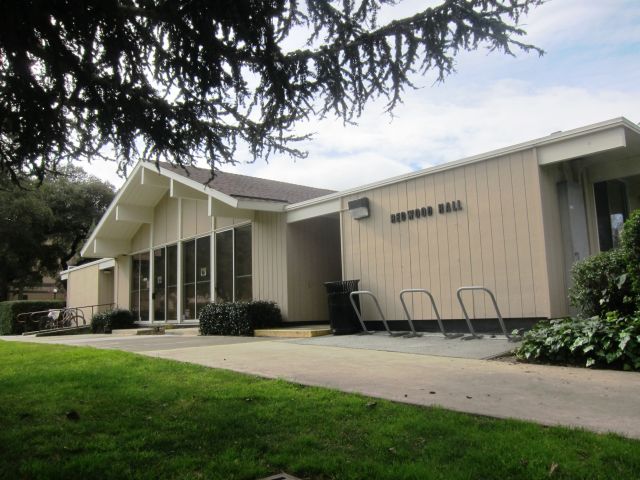 |
|
|
- ‹ previous
- 218 of 677
- next ›



